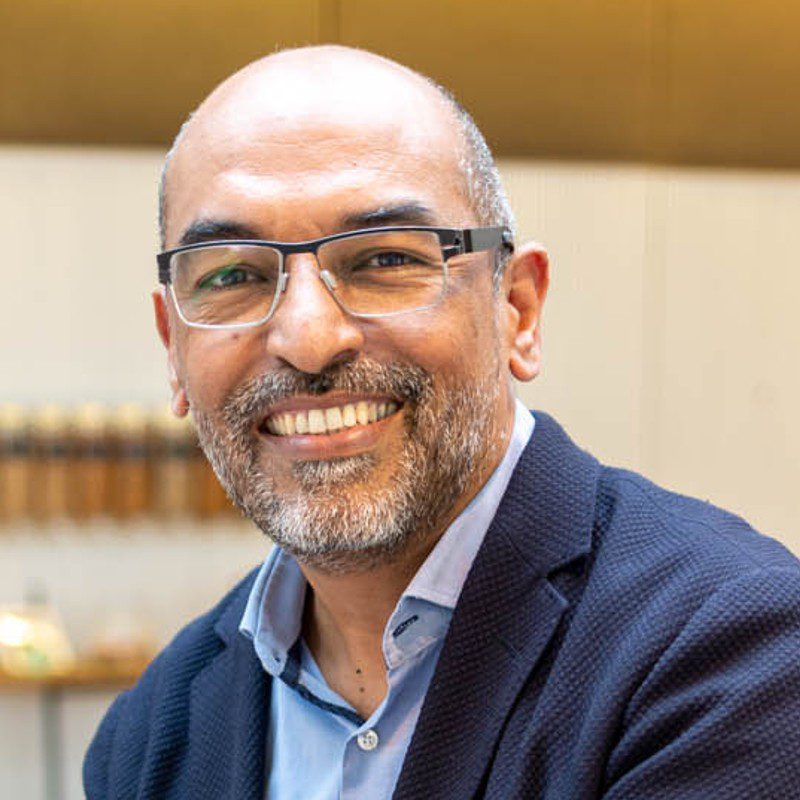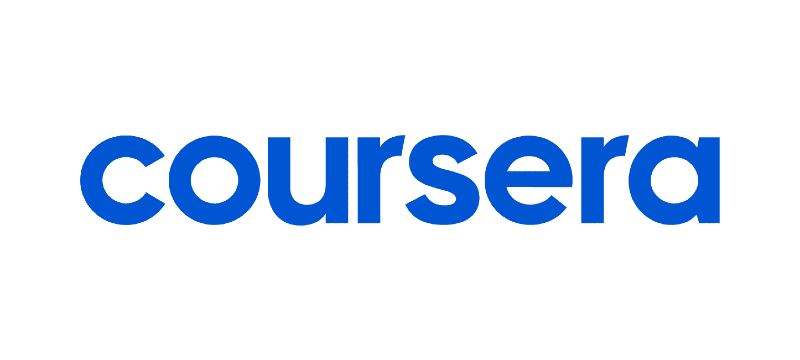Conquering continuous career development
Understand how to make employee development a central facet of organizational success.
Get to know more about why continuous learning, skills development, and career planning should be top HR priorities.
Learn more about why there is likely a mismatch between the skills your organization has and the skills it needs.




In the wake of the ‘Great Resignation,’ employee development can no longer be seen as a nice to have. Employers need to get up to speed, and fast, on the latest in training, performance reviews, and learning vogues.
To find out more about how to move to a modern approach, Kate Graham, Head of Content Labs and Insights at UNLEASH, is joined by Valerie Focke, Regional Director EMEA at Coursera, Alfonso Bustos, Head of Digital Academy at Ricoh Europe, and Jacquelyn Barefield, Head of Capability Development at Phillip Morris International (PMI) to discuss a model of continuous development that is both engaging and future-proofing.
[Continious development] needs to be a multi-faceted strategy. You can’t just afford to spin one plate, there are many plates to spin. Jacquelyn Barefield, Head of Capability Development at Phillip Morris International
Watch on-demand to:
- Learn how leading organizations are designing their digital learning solutions for a real business impact.
- Consider the outlook for career development in global organizations, with first-hand insights from global leaders.
- Understand more about what is a pass-through development trend and what actually works.
What is continuous career development?
Coursera’s Focke kicked off the webinar by defining what continuous development is. In her view, it’s the moving away from traditional, linear models of learning — whereby learning might occur in a fixed location and time to build upon one skill set, enabling an individual to become an expert in a specific field — to a model that allows a learner to diversify their capabilities in a manner that suits their own working and career development pace.
This style of learning, added PMI’s Barefield, should be done in a manner that delivers both for the individual and the business, ensuring that the organization always has the skills it needs and an employee is hyper-employable, something very important as in-demand skills evolves. At PMI, this is ensured via a lifelong learning program which means employees can always access the learning they want, even if it is not directly relevant to their role; this is balanced with a business-oriented automated career development system that encourages progression within the firm and guides top performance, too.
Within this definition and practice of continuous development, Ricoh’s Bustos added that businesses need to ensure they know what the goalposts are, asking: what are the skills that are critical for my business both now and in the future? In this way, companies can deliver learning that benefits the business and ensures the progression and employability of the learning individual, too. He also adds that technology has a key role to play in this, allowing companies to keep up to date with the skills that are most critical for their business.
Critically, Bustos was keen to emphasize that any continuous development strategy is most effective when it is undertaken under a skills framework rather than a job description framework.
Why is continuous learning good?
If businesses can move towards a continuous learning paradigm there are multiple benefits, described Focke. Amongst them, allowing businesses to keep hold of engaged top talent by opening up different career pathways for them and mitigating the impact of talent landscape trends such as the Great Resignation. Additionally, it can deliver on the demands of incoming talent cohorts, such as Generation Z, who are more likely to have multiple careers within their working life.
Bustos added that continuous learning can also make a business more people-centric as well as helping the organization better understand the skills it has. In turn, this can help in moving towards a skills framework approach, which can underpin better personalization of roles, learning, and work experiences, whilst also making the organization more flexible. In turn, it can also help improve the learning content on offer, allowing it to have a greater impact than just being suitable for specific job roles or at specific times.
In fact, added Bustos, if continuous learning helps organizations move towards a skills-based framework they can start on a potential journey towards helping the whole world of work move towards a global, liquid taxonomy of skills. Something which would allow organizations to easily hire individuals and update their own needs in real-time, using technology to pinpoint where they need to go next from a skills perspective. Whilst this goal is currently hypothetical, it is clear that some organizations are already on this journey.
Moving from L&D to skills development and the challenges incumbent in this
As the webinar panelists agreed, in a world where everything is based on skills and their improvement, many things that HR are judged on can be improved more easily: development; talent mobility; and recruitment and retention, too.
However, there are many challenges in doing this. Firstly, the mindset has to change from a traditional learning approach whereby skills are developed for a role that sits within a team. To enable this, the managerial mindset needs to change; they need to get past a desire to hoard talent (usually because it is so hard to hire for) and allow individuals to spread their time between different projects and teams. Something which, in turn, allows further skills development.
To support this, digital learning platforms have to be available and accessible in a format that gives an individual agency over their learning whilst also guiding learners to developing skillsets the organization needs. There also has to be an understanding of skills within the organization that is consistent, allowing individuals to move, in a lattice-like fashion, around the business. Alonsigde this, mentoring and coaching has to be more universally available so skills and knowledge sharing can be more democratic.
In this way, HR can get past some of the resistance to change that often comes when a system has to evolve. However, it must remember, as the panelists agreed, that technology, learner agency, and goal-setting will be crucial, here.
